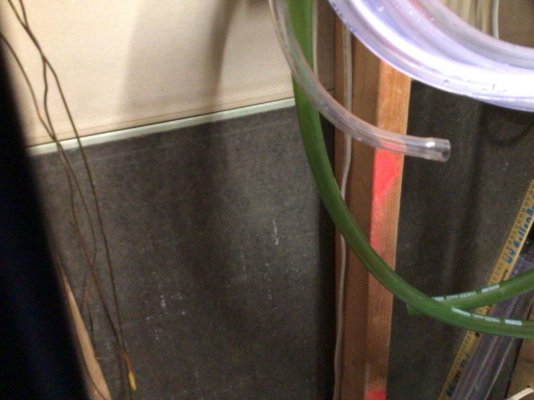I am currently planning my 150 gallon build in a small office that shares the display wall with the garage. I have had thoughts about trying to seal off the entire sump, tank, and hood against the wall and running a small vent into the garage to prevent heat and humidity in the small room. My thoughts were either painting the wall with mold resistant bathroom paint or using plastic wall board. Then, cutting out and building a vent through the wall (sealed and painted) or a large piece of PVC pipe with a fan. I understand this will only transfer the moisture into the garage, but our garage has a large vent to outside which I could also use a fan in summer months if it is a problem. It also helps that I am in southern CA and we only have a few months out of the year that are difficult.
Just curious if anyone has ideas or has done anything similar. I see a lot photos of giant in wall tanks and fish rooms and wonder how they handle humidity and moisture?

random image found on google
Just curious if anyone has ideas or has done anything similar. I see a lot photos of giant in wall tanks and fish rooms and wonder how they handle humidity and moisture?
random image found on google




















